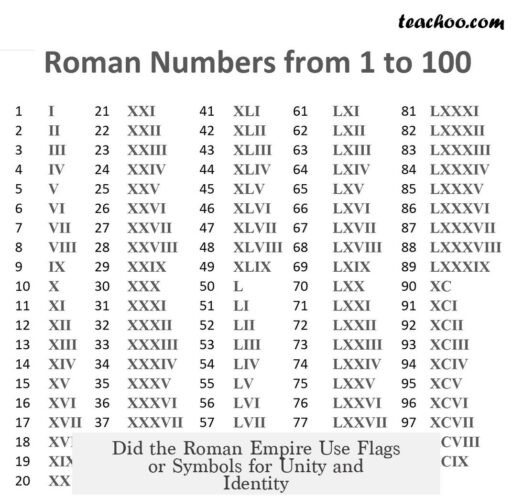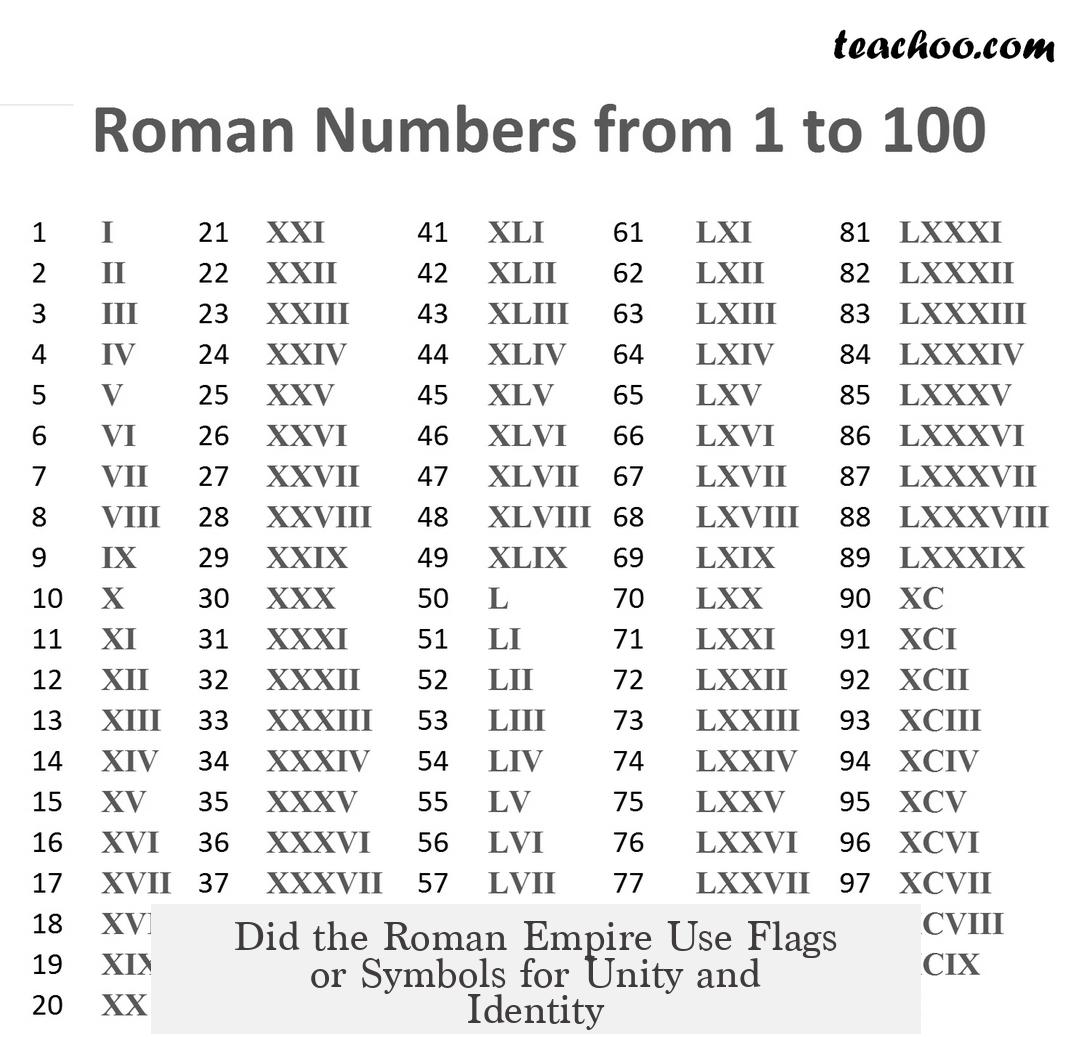The Roman Empire did not have a national flag in the modern sense. Instead, it used several key symbols and standards that represented the empire’s power and unity. These served functions similar to a flag but were distinct in form and meaning from contemporary national flags.
One important analogue to a flag was the vexilla, the standards carried by Roman legions. These were small square cloths attached to a crossbar atop a pole. The designs varied significantly: some depicted the goddess Victory, others showed animals, or simply bore the name of the legion. These vexilla acted as rallying points for troops but did not symbolize Rome as an empire in a unified way.
The closest functional equivalent to a national flag was the image of the emperor himself. Emperors were the embodiment of the empire’s authority, and their portraits appeared widely across public spaces in cities, on coins, and military standards. These images represented unity and power. Citizens and soldiers alike recognized the emperor’s face as the symbol of Rome’s legitimacy and stability. This personal representation served as a constant reminder of imperial presence more effectively than any banner could.
Before the imperial era and the reforms led by the Gracchan brothers, Roman military standards were diverse. The Signa Romanum included bronze and gold filigree totems and banners showing various powerful animals like wolves and bulls. Over time, the eagle emerged as a dominant symbol, especially during the Late Republic and Early Imperial periods. The eagle held a cult-like significance within the legions and stood for military strength and authority.
Another persistent emblem was SPQR, the abbreviation for Senatus Populusque Romanus (“The Senate and People of Rome”). From the 1st century B.C. onward, this acronym appeared on standards, public monuments, and official documents, symbolizing the collective authority of Rome’s governing institutions.
Imperial colors also played a symbolic role. Purple, due to its rarity and expense, was the official imperial color, used by emperors and high officials. While Rome employed many colors, purple remained a mark of supreme status.
- Rome lacked a national flag as currently understood.
- Vexilla served as legion standards, varied in design and not imperial flags.
- The emperor’s image functioned as the empire’s symbolic face.
- The eagle and SPQR were key military and civic symbols.
- Purple was the imperial color denoting authority.
Did the Roman Empire Have a Flag?
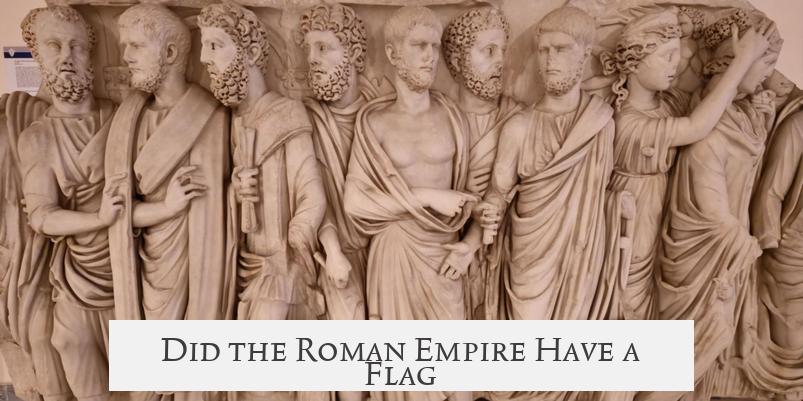
Simply put: The Roman Empire did not have a national flag as we understand it today. But don’t be disappointed — the Romans weren’t flagless and lost at sea of symbolism. Instead, they had their own style of emblems and standards that served similar roles. Let’s unpack this fascinating slice of history.
The Mystery of the Missing Flag
When people imagine ancient empires, they expect flags waving proudly — but Rome had no single, unified flag. The idea of a “national flag” is quite modern. The Roman Empire stretched thousands of miles, culturally complex and diverse, long before color-coded cloth ruled the identity game.
Yet, how did Rome signal identity, unity, and power? Turns out, flags weren’t the only game in town.
The Roman “Flag” Analogues: Vexilla and Emperor’s Image
The Vexilla: More Than Just Flag-Like Pieces of Cloth
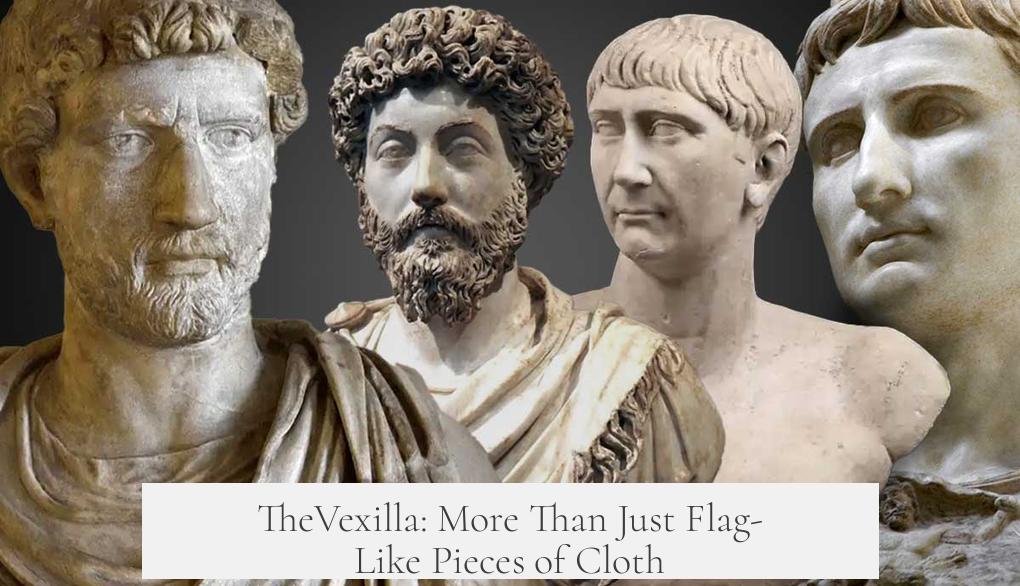
Roman troops marched to the beat of their legion’s vexilla—small square cloths hung on cross-bars of poles. You might think, “Isn’t that basically a flag?” Well, while they looked flaggy, the vexilla didn’t unify the entire Roman world like a modern flag does. Each legion had its own vexillum, often decorated with animals, such as wolves or bulls, or the goddess of victory, or sometimes simply emblazoned with the legion’s name.
Here’s an intriguing fact: Some vexilla showed the goddess Victory, symbolizing military success. Other standards bore simple names or symbols. These were more local banners, not a singular banner of Rome itself.
The Emperor’s Image: The Functional Flag of Rome
Forget fabric—Rome’s closest thing to a national flag was its emperor’s image. This was the face of the empire. Literally. Coins, statues, and public monuments bore the emperor’s likeness everywhere. It was the most potent symbol of unity and power.
Imagine walking around and always seeing the emperor’s face staring back, reminding people who ruled. Clever, right? This visual representation united the empire better than any single flag could in a time without mass media.
“You know how in all money-changer’s bureaus, bookstalls, windows, and eaves, there are likenesses of you exposed to view…?” — Ancient observer (4.12.4)
Until Christianity became dominant, that image was the closest thing Rome had to a national symbol. Later, the Christogram (☧) filled that role, but that’s a story for another time.
Other Notable Roman Symbols
While Rome didn’t have a flag, it had plenty of symbols capturing its essence and inspiring loyalty.
- Pre-Gracchan Army Standards (Signa Romanum): Before reforms by the Gracchi brothers, Roman army standards were ornate creations of bronze and gold, depicting creatures like wolves, bulls, and boars—symbols packed with might and power.
- The Eagle (Aquila): As Rome transitioned from Republic to Empire, the legionary eagle became the ultimate military symbol. This wasn’t just decoration—it was a sacred object and a focus of a cult within the legions. Losing an eagle was a disgrace, akin to losing the Roman spirit itself.
- SPQR: The acronym for Senatus Populusque Romanus (“The Senate and People of Rome”) appeared everywhere and became a persistent emblem of the Roman state from the 1st century B.C. It was less about cloth and more about letters signaling authority and unity.
- Imperial Colors: Purple, the costly dye of emperors, flew high in importance. It was a visible sign of power. While not a flag, the color purple symbolized imperial authority and exclusivity. Purple was so prized, it kept the emperor looking regal and unmistakable among the crowd.
What Can We Learn from Rome’s Lack of a Flag?
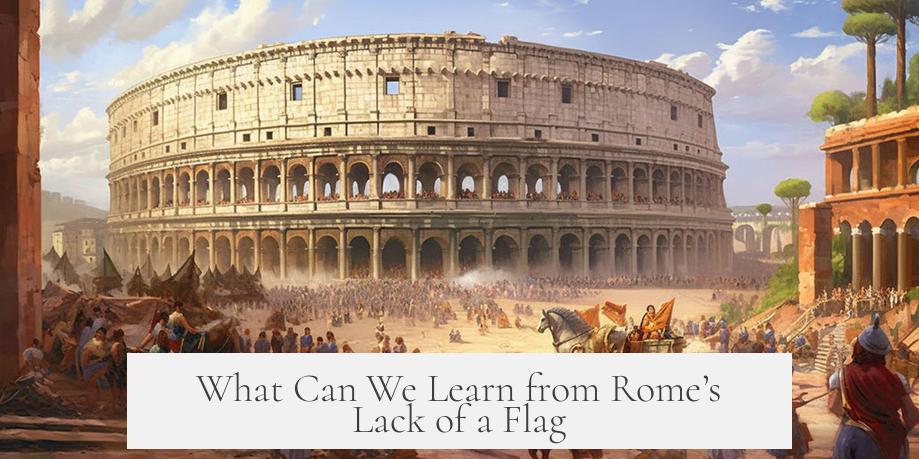
It’s easy to think that symbols like modern flags are natural and timeless. Rome teaches us otherwise. They relied on multiple visual cues and symbols to unify their vast empire. Instead of one “flag” symbol, the empire used legion standards, the emperor’s image, and powerful colors to communicate identity.
It’s a reminder that symbols evolve with time and technology. The idea of a singular flag representing a whole nation is only a few centuries old.
So, if you ever stroll through ancient ruins or look at Roman coins, remember—those faces and standards were their banners, their flags waving in stone, bronze, and fabric.
Modern Takeaway: Flags Aren’t the Only Symbols That Unite
In today’s world, might Rome’s approach inspire us? For instance, using multiple symbols—logos, faces, colors—to represent identity. Sometimes a single banner isn’t enough.
Next time you see a flag, consider the rich history behind identity symbols. Rome didn’t have a flag, but it had plenty of ways to rally people under one banner—just not the kind of cloth fluttering in the wind you picture.
Summary Table for Quick Reference
| Symbol | Description | Role |
|---|---|---|
| Vexilla | Small cloth standards with legion names or symbols | Represented individual legions; not a national symbol |
| Emperor’s Image | Portraits on coins, monuments, public spaces | Closest equivalent to a national flag, symbolizing unity |
| Eagle (Aquila) | Golden eagle standard held sacred by legions | Military symbol representing legion pride and honor |
| SPQR | Acronym for “Senate and People of Rome” | Emblem of the Roman state’s authority |
| Purple Color | Expensive imperial dye | Symbol of imperial power and exclusivity |
What’s your favorite Roman symbol? The mighty eagle? The emperor’s gaze? Or maybe the mysterious purple cloak? Share your thoughts below! History is more fun when we explore it together.
